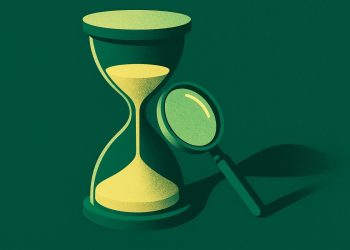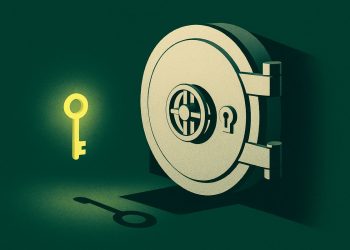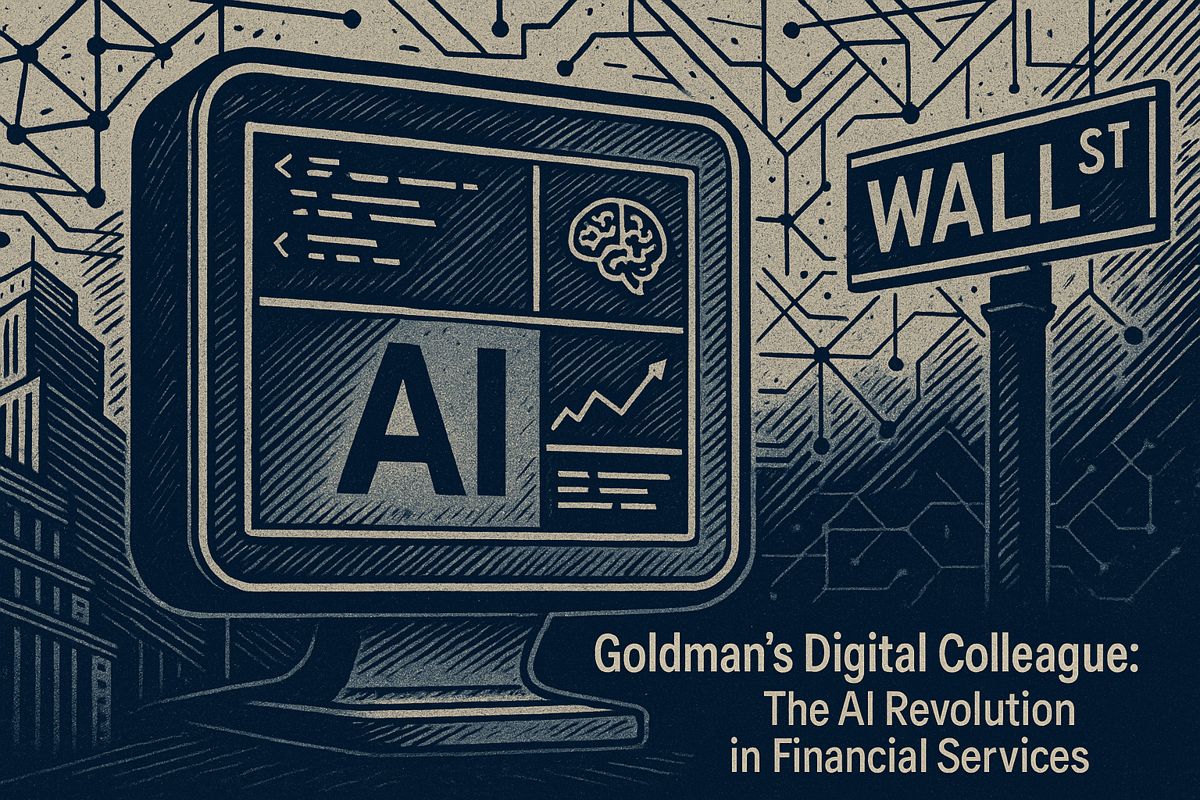A multi-generational workforce brings teams of all ages together, making companies more creative and financially strong. Businesses that include both young and older workers fill jobs faster, keep experienced people longer, and are better at solving problems. Top brands use smart hiring tools, mix mentoring, flexible benefits, and special training to help everyone grow. Age-diverse teams design better products and connect with more customers. But ageism still hurts many workers, causing big losses, so leaders need to include age in their diversity efforts.
What are the benefits of having a multi-generational workforce?
A multi-generational workforce boosts innovation, with age-inclusive companies being 36% more likely to achieve above-average financial returns and 1.4× higher creativity. These teams retain more institutional knowledge, fill critical roles 30% faster, and enjoy higher employee retention across age groups.
- Why the Most Innovative Brands Now Hire 18-Year-Olds and 68-Year-Olds on the Same Team*
Global workforce data from mid-2025 shows a striking shift: a quarter of men and 17 % of women over 65 in the United States are expected to still be working by 2032, creating potential 50-year age spans inside individual teams (World Economic Forum). Companies that turn this demographic inevitability into a design choice are already outperforming peers on every major innovation index.
From Risk to Revenue Driver – Numbers That Matter
| Metric | Age-Inclusive Companies | Non-Inclusive Peers |
|---|---|---|
| Above-average financial returns | 36 % more likely | baseline |
| Reported creativity index | 1.4× higher | baseline |
| Institutional knowledge loss | <5 % | 18-25 % |
| Time-to-fill critical roles | 30 % faster | baseline |
Sources: SSR 2025 diversity dataset and Apollo Technical 2025 benchmark
Five Playbooks Leading Brands Use in 2025
-
1. Blind Hiring 2.0 – Redact Birth Year, Not Experience
Recruiters at Unilever North America piloted a policy in Q1 2025 that strips graduation years, birth dates and even early-career company names from CVs. Result: a 27 % increase in hires aged 55-70* for tech-adjacent roles without lowering bar requirements. -
2. Reverse & Reciprocal Mentoring Circles
Microsoft’s “Two-Way Tuesday” pairs software engineers in their 20s with cloud architects in their 60s. Weekly 30-minute swaps on AI prompting and client-narrative skills have shortened project ramp-up time by 12 %*. -
3. Modular Benefits Menus
Instead of one-size-fits-all packages, BMW now offers a “pick-and-mix” catalogue letting a 22-year-old choose student-loan contributions while a 62-year-old opts for phased-retirement coaching – retention of workers 60+ rose to 94 % in 2024*. -
4. AI-Driven Reskilling Sprints
Facing 85 million potential AI-displaced jobs by 2025, AARP and IBM designed 90-day micro-credential tracks for workers 50+. Completion rates hit 68 %*, double traditional corporate e-learning averages. -
5. Story-Led Brand Campaigns
Patagonia’s 2025 “Gray Is Green” ads feature real employees aged 24 and 64 co-designing sustainable supply chains. Campaign recall is 40 % higher* among 45-65-year-old consumers – the brand’s fastest-growing segment.
Lingering Barrier – Ageism Still Costs Billions
Despite progress, 90 % of U.S. workers over 40 report experiencing workplace ageism, translating into $850 billion in lost GDP annually from under-employment and forced early retirement (ASE online analysis).
Quick Checklist for Leaders
- Audit job descriptions for coded age language (“digital native”, “high-energy”)
- Add age as a protected category in DEI dashboards
- Offer stipends for workers 55+ to attend any external upskilling course
- Publish multi-generational team success stories in annual reports
- Set a target: at least two age cohorts represented on every innovation sprint
The brands that master this transition view demographic change not as an HR dilemma but as a built-in competitive advantage baked into product development, customer insight and market share.
What specific benefits make age diversity a real competitive advantage in 2025?
Companies in the top quartile for age diversity are 36 % more likely to financially outperform their peers, according to recent McKinsey data. Beyond the balance-sheet impact, multi-generational teams consistently deliver three measurable wins:
- Higher innovation scores – mixed-age teams outperform less diverse groups on complex and creative tasks
- Broader talent pools – with 85 million jobs at risk of automation, retaining experienced staff preserves institutional knowledge while filling critical skill gaps
- Stronger customer insight – workforces that mirror an aging consumer base are better placed to anticipate and serve evolving needs
How are leading firms turning age inclusion into everyday practice?
Instead of one-off campaigns, best-in-class employers are baking age inclusion into core HR processes:
- Blind recruitment – removing birth dates and graduation years from applications cuts first-round age bias
- Flexible benefits menus – letting employees pick perks that fit their life stage (care-giving support, phased retirement, student-loan help) boosts retention across all ages
- Two-way mentoring – pairing seasoned talent with digital-native colleagues transfers both technical and institutional know-how
A 2025 Deloitte case study showed these steps lifted employee-engagement scores by 19 % in nine months.
Which industries are most affected by workforce aging in 2025?
The impact is universal, but three sectors feel it first:
- Healthcare – the 65+ workforce is the fastest-growing segment, yet talent demand is rising fastest in elder-care roles
- Technology – 25 % of US tech workers are now 50 or older; companies like IBM run AI-assisted reskilling boot camps to keep them current
- Financial services – firms such as JPMorgan pair veteran risk managers with Gen-Z data scientists to spot fraud patterns their algorithms miss
What new training models help older workers stay relevant amid AI and automation?
By 2025, half of all employees will need reskilling due to AI adoption. Forward-looking programs share four traits:
- Micro-credentials – bite-sized certificates (Microsoft Azure, Google UX) let workers stack skills without long sabbaticals
- On-the-job rotations – 60 % of reskilling now happens inside project teams rather than classrooms
- Age-friendly design – larger fonts, adjustable pacing, and cohort groups with peers reduce cognitive load and boost completion rates to 77 % (up from 54 % in 2023)
How much does ageism still cost companies in 2025?
Despite progress, 90 % of U.S. workers 40+ still report experiencing age discrimination. The price tag is steep:
- Direct turnover costs – replacing a $80 k senior employee averages $120 k once lost knowledge and training are tallied
- Lost productivity – OECD estimates age bias drains 1.2 % of GDP annually in member countries
- Legal exposure – 91 % of affected workers now say they would consider litigation if internal remediation fails
Firms that run quarterly age-inclusion pulse surveys and act on results cut discrimination reports by one-third within a year.



















